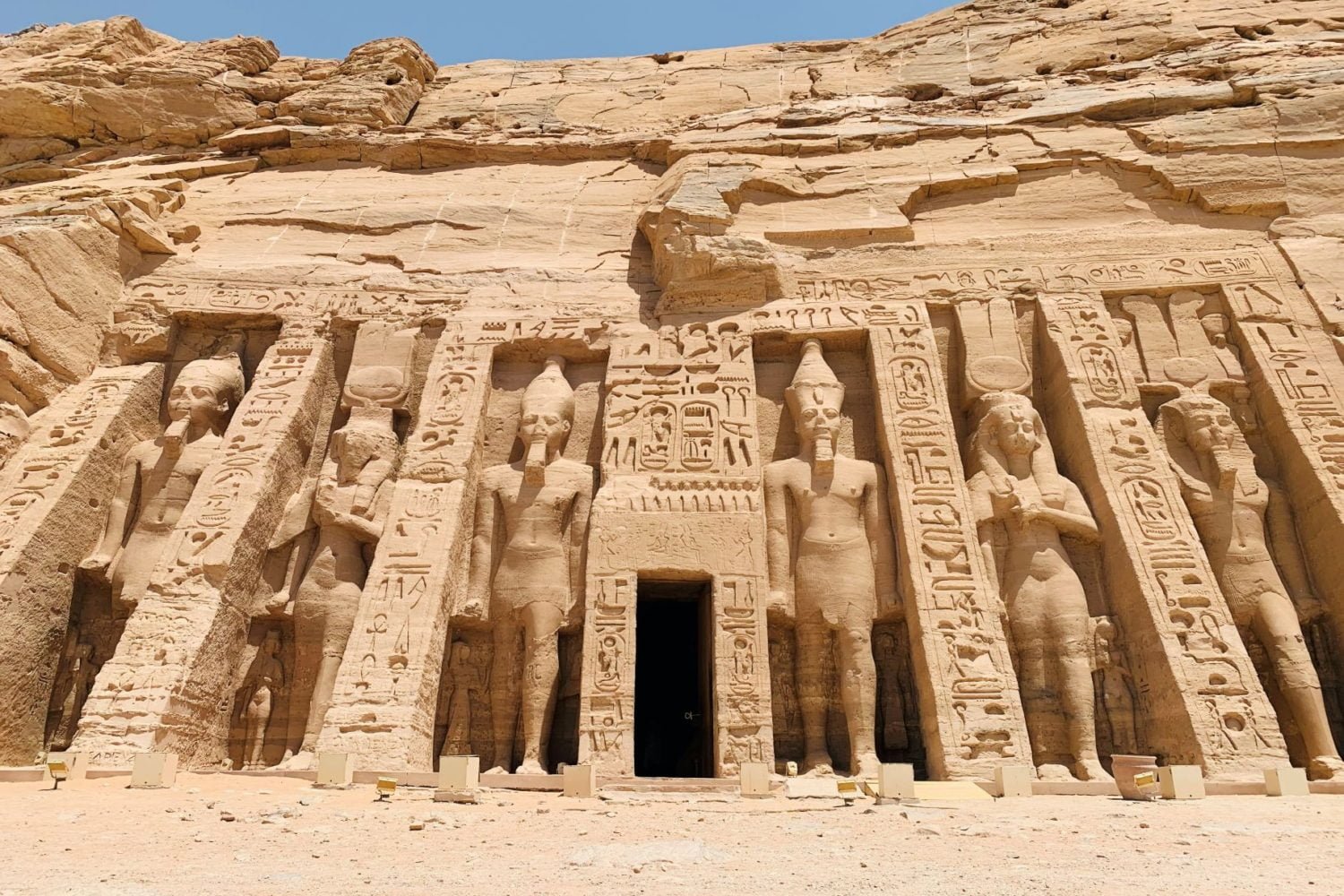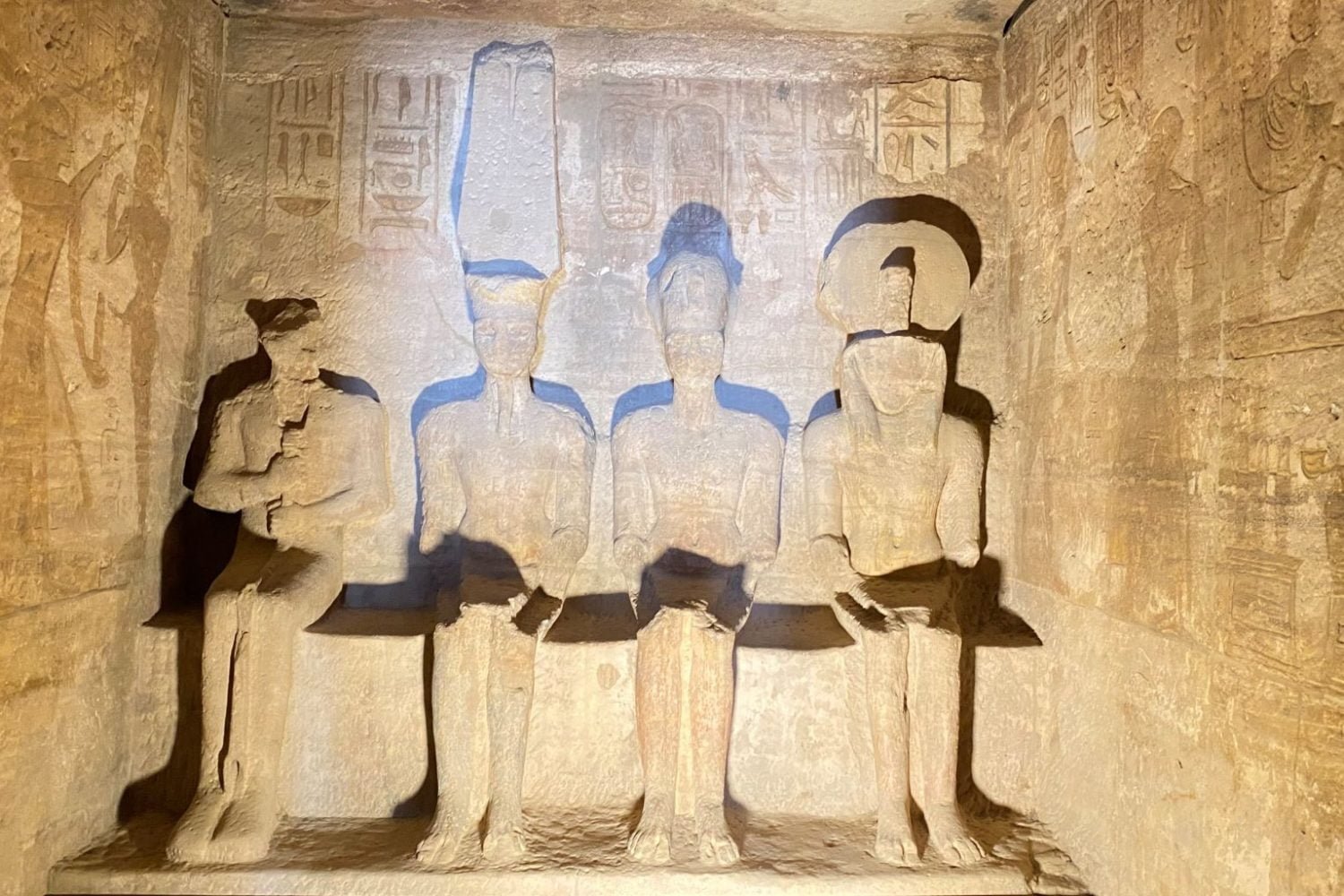- Home
- Packages
- Egypt Tour Packages
- Egypt & Jordan Tours
- Egypt Budget Tours
- Egypt Holidays From UK
- Egypt Vacations From USA
- Egypt Tours From Australia
- Egypt Tours From Netherlands
- Egypt Tour Packages From Malaysia
- Egypt Tour Packages From Singapore
- Egypt Tours From India
- Egypt Tours From UAE & Arabian Gulf
- Egypt Tours From South Africa
- Egypt Tour Packages From Kenya
- Nile Cruises
- Solo Egypt
- Day Tours
- Shore Excursions
- Transfer
- Contact Us






